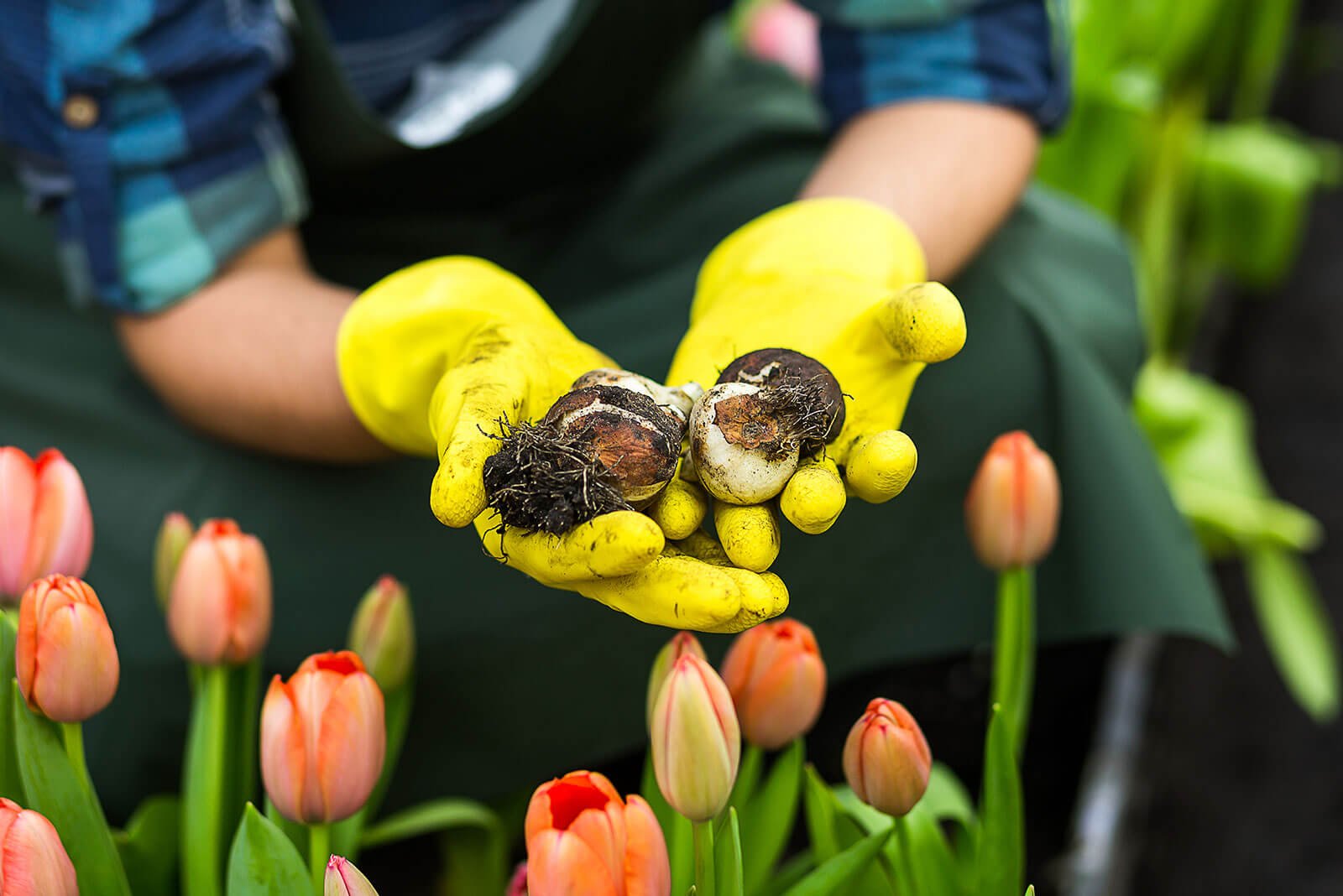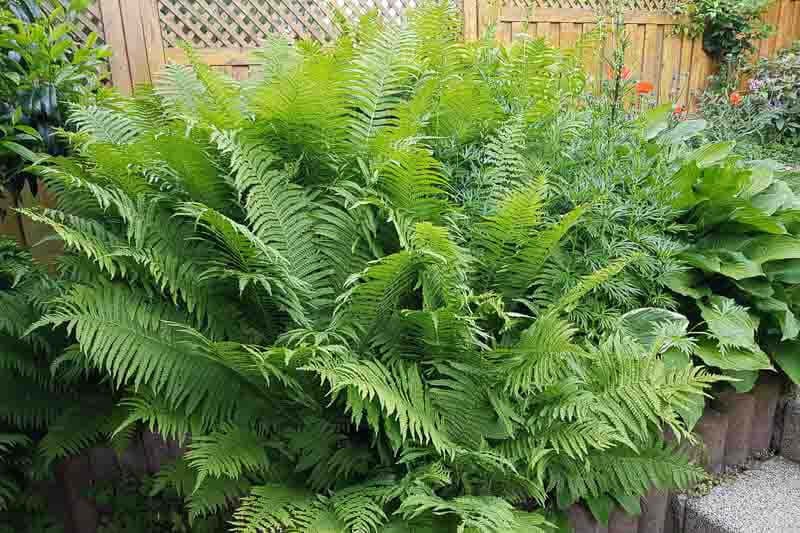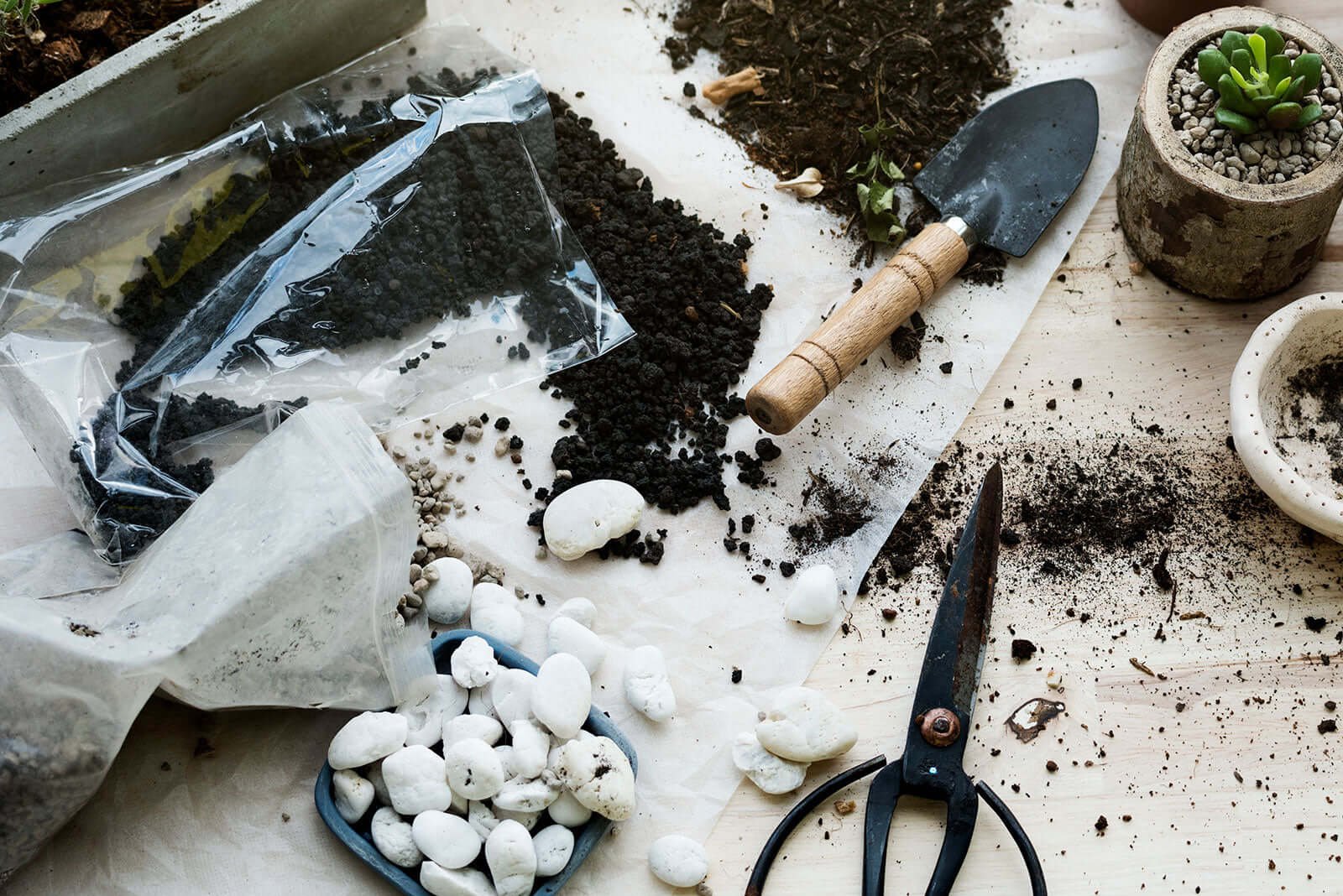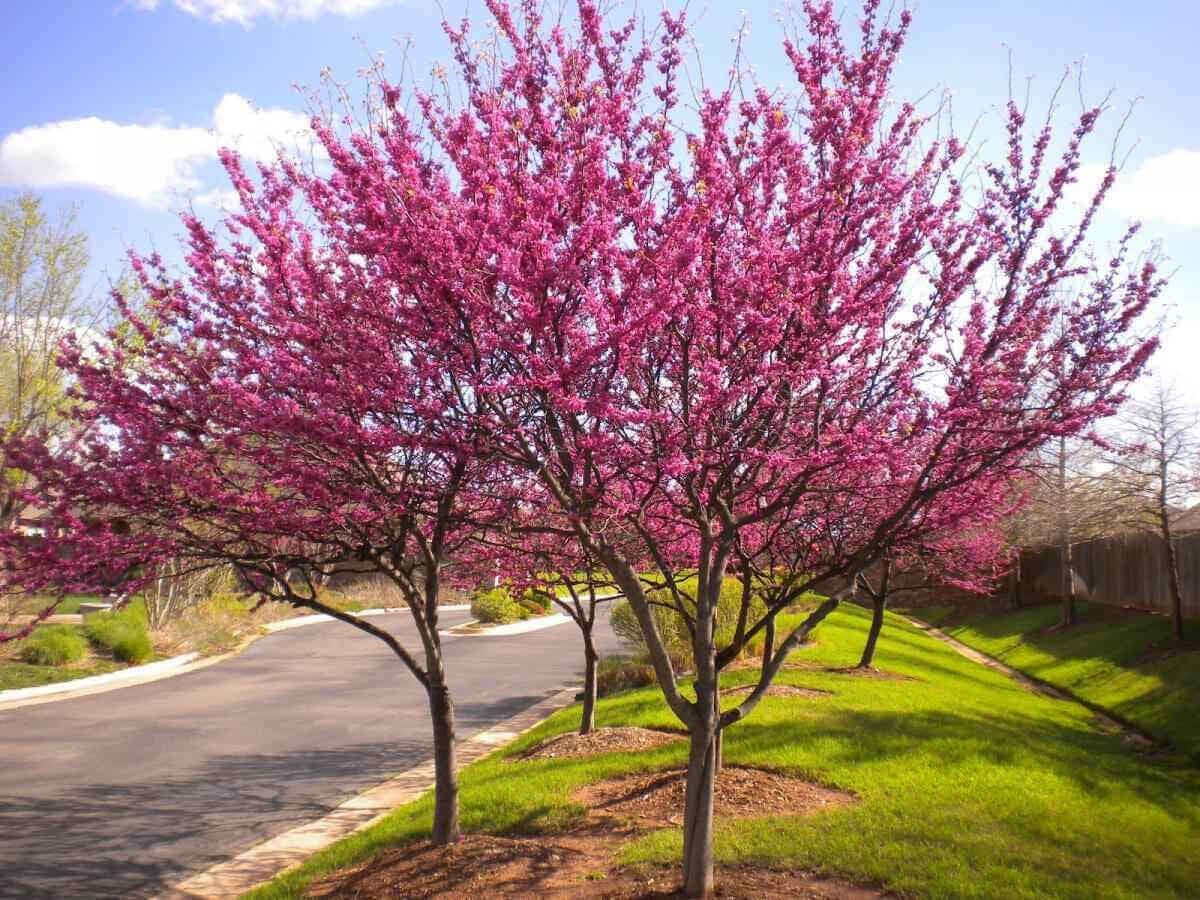Preparing your garden for Spring during the colder months might seem counterintuitive, but Winter is the perfect time for planning and groundwork that sets the stage for a spectacular garden bloom in warmer weather. By dedicating time to Winter garden preparation for Spring, you can expect blooming flowers and healthy shrubs.
Plan Your Spring Garden
Start your Winter garden preparation for Spring by planning your garden layout. Then, map out the placement of different plants and consider sunlight exposure, soil quality, and drainage. Browse seed catalogs and websites, then choose the flowers you want to grow in your Spring garden.
Extend The Growing Season
Using cold frames, containers, and raised garden beds helps you jumpstart the planting season. Cold frames create a mini-greenhouse environment, warming the soil for earlier planting. Meanwhile, portable containers and raised beds allow you to place them in the sunniest areas, maximizing warmth for young seedlings.
Winter Soil Prep
After Winter, it's time to revitalize your soil. Start by tilling compacted soil to improve its texture and allow proper root penetration. This helps plants absorb water and nutrients.
Adding compost can also enhance soil fertility. Compost is rich in organic matter and provides essential nutrients that plants need to thrive. Put compost into the soil to improve its structure, moisture retention, and nutrient-holding capacity.
Consider using raised garden beds for better soil quality control. Raised beds prevent soil compaction and provide a suitable growing environment. It's also convenient to add amendments like compost, organic fertilizers, or pH adjusters to the specific raised bed areas.
Starting Seeds Indoors
Starting seeds indoors offers several benefits, including early planting and increased vegetable yield. By sowing seeds indoors, you can get a head start on the growing season, giving your plants a longer period to mature and produce a bountiful harvest.
You can create affordable seed-starting solutions at home by using homemade trays made from recycled materials. Choose seeds that are suitable for indoor sowing and ensure they receive adequate sunlight or artificial light, as well as proper watering and ventilation.
Weed Control and Garden Cleanup
Weeds compete with plants for nutrients, water, and sunlight, hindering their growth and productivity. Pull out any visible weeds and remove them from the garden.
Don't forget to prune shrubs and bushes, remove dead growth, and shape them for optimal growth. Additionally, clean and maintain garden tools to ensure they are in good working condition for the upcoming season.
Start a Compost Pile this Winter
Composting is an easy, cost-effective, and eco-friendly method of providing your garden with organic nutrients. By recycling organic matter such as vegetable scraps, coffee grounds, and yard waste, you create a nutrient-rich compost that can enhance soil structure, and water retention, and reduce waste.
When added to the soil, compost provides nutrients such as nitrogen, phosphorus, and potassium essential for plant growth.
Choosing Mulch and Fertilizer
Researching your mulch and fertilizer options during the winter gives you time to source the best choices for your garden. Mulch suppresses weeds, deters pests, and retains moisture. Explore mulch materials like wood chips, shredded bark, or straw to find the right fit. Consider pairing your plants with slow-release, organic fertilizers that provide a steady supply of nutrients throughout the growing season.
Protect Your Plant
Winter weather can take its toll on garden structures. Inspect fences, trellises, and gates for damage. Make necessary repairs now to support climbing vegetables and flowering vines in Spring. Maintaining these structures enhances your garden and supports your plants' growth.
Read more

The first signs of Spring bring anticipation, especially for gardeners. Imagine fresh vegetables, vibrant flower beds, and the hum of pollinators filling your outdoor garden. It's time to plan and ...

Are ostrich ferns invasive? No, as a matter of fact Ostrich Ferns are a bio-indicator and absorb all types of soil pollutants like formaldhyde and arsenic from the soil.





